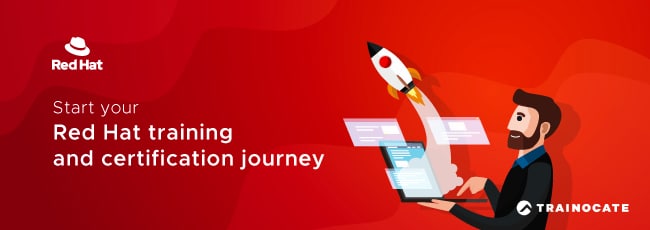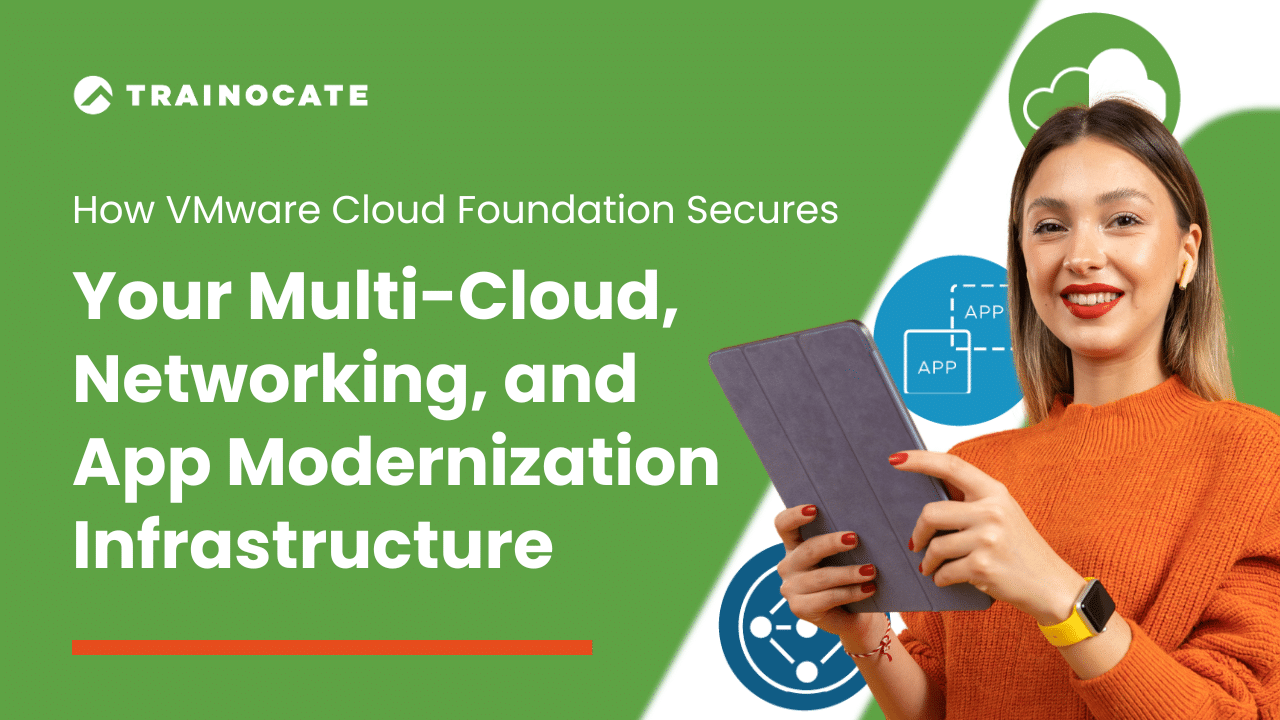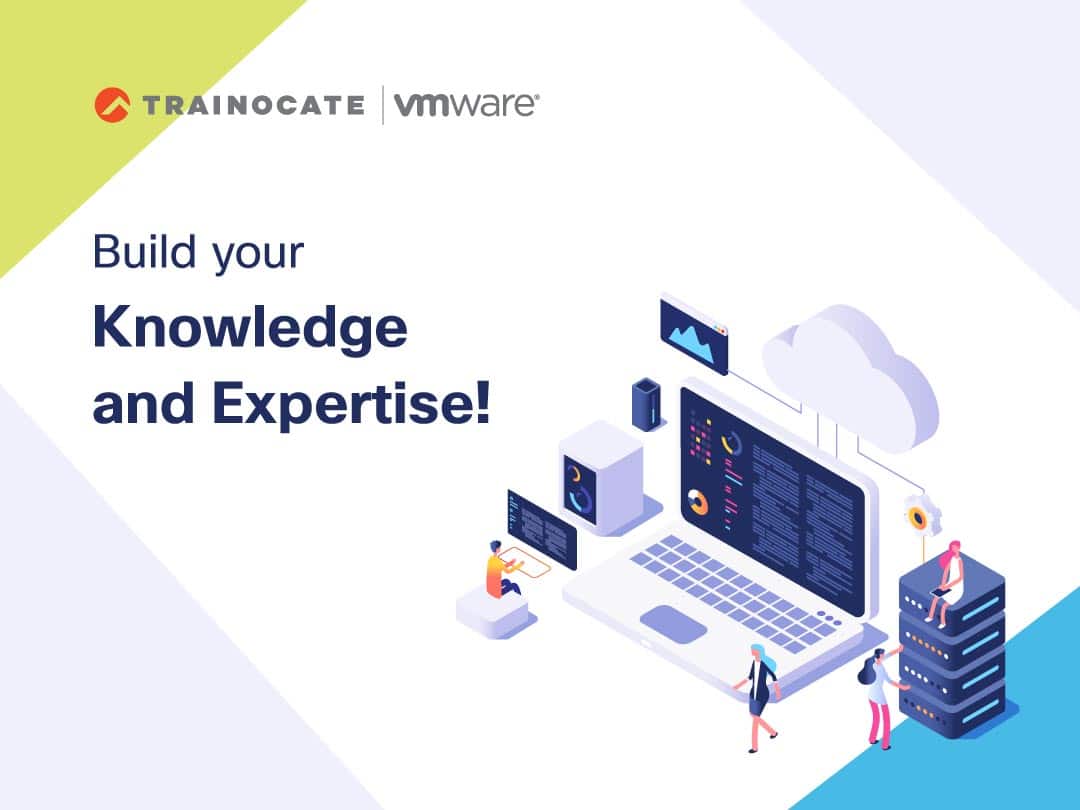Red Hat: Building Modern Apps with Linux Containers
Red Hat: Building Modern Apps with Linux Containers
Container – the lightweight, cloud-native strategy that’s redefining applications development as you know it.
In a world where users demand new applications, features and updates across all their devices in real-time, container technology is critical. Containers developers work smarter by creating consistent environments to rapidly develop and deliver cloud-native applications that can run anywhere.
Before we delve into the nitty-gritty of this e-book – Building Modern Apps and with Linux Containers and all the knowledge it has to offer, let us first shed some light on what containers actually are.
What is a Linux container?
In essence, a container is the latest way to abstract one or more processes from the rest of a system. They are designed to lighten the load – so to speak – allowing you and your team to be able to work on smaller subsets of code without affecting the overall runtime environment. containers also provide a conventional way to package and isolate application code, configurations and dependencies into a single object.
.
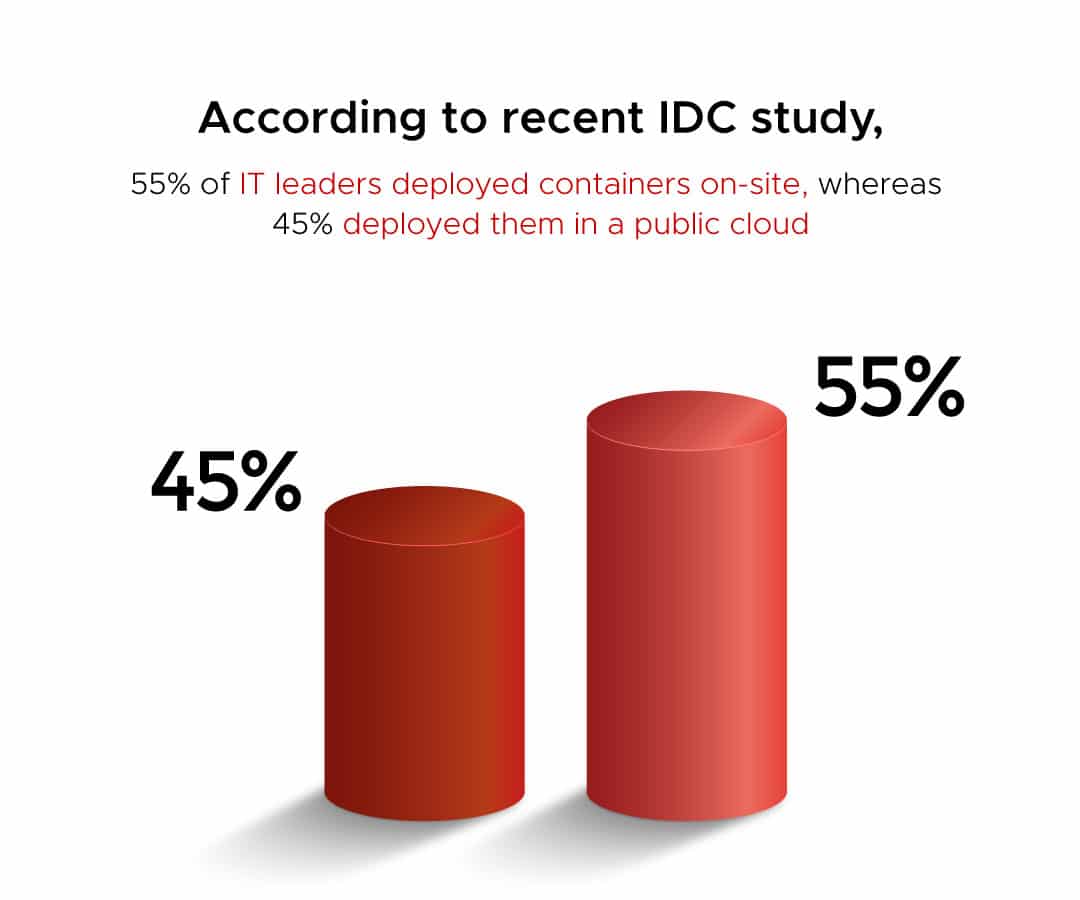
.
But the real value of containers lies in their portability. Linux containers provide consistency and predictability even as they move from development testing and finally production by placing all the files necessary to run a containerized application, feature or component in a single, distinct image.
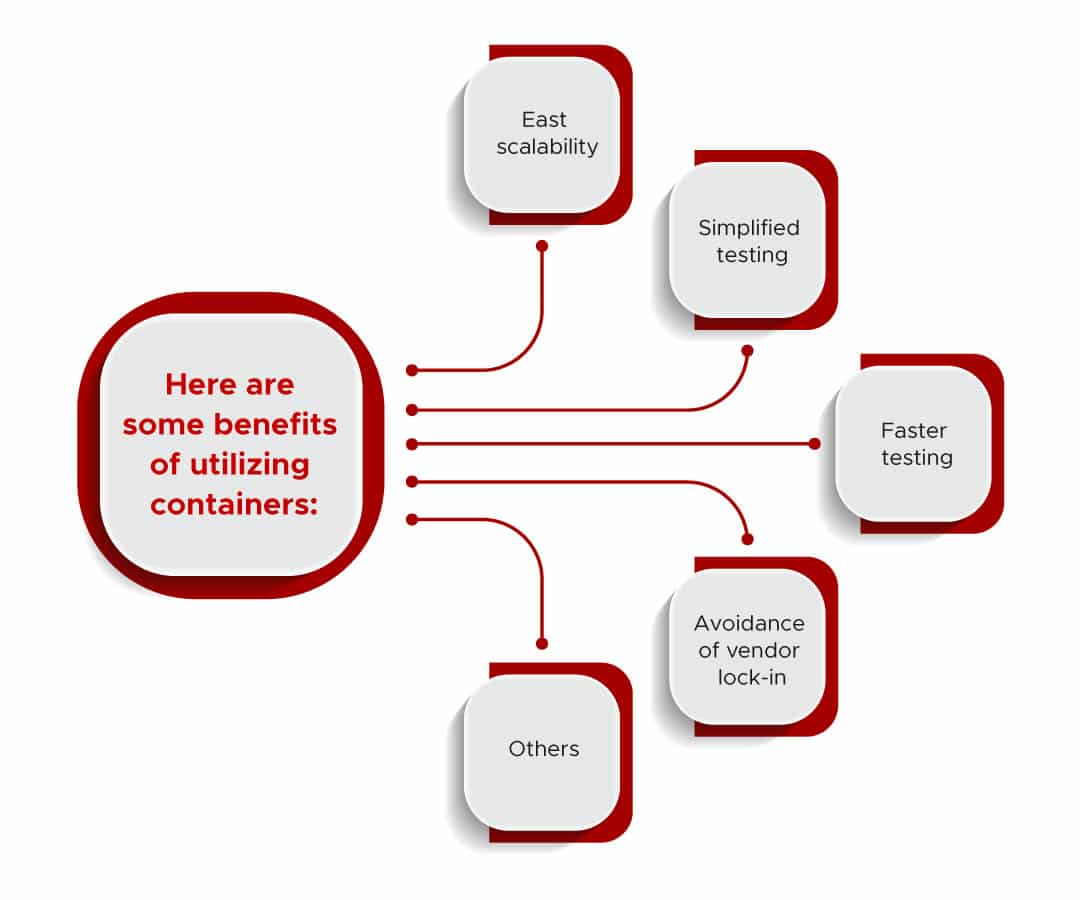
In the next section, the e-book covers ways that your utilization of containers can improve your productivity. Here is a summary of what is covered in this section.
Containers deliver an efficient approach to build, test, deploy and redeploy applications, making them an exceptional choice for everything – up from simple projects to mission-critical applications. Some of the ways that containers can be of benefit to your IT team includes – allowing room flexibility. “When your application runs on a foundation of containers, this allows you, and the operations teams to respond in real-time to change logs, defects, security concerns, patch levels and new customer feature requests.” When seasonal loads occur, your operations team counter them by adding resources that your containers will naturally use as needed. You will also be able to scale our containerized applications to new users-even-globally-by deploying to new clouds. Similarly, “containers allow you to focus on your application logic without about specific OS versions and application configurations.” By using a combination of containers with a service-based architecture also makes it easier to support. test and enhance your applications.
There are some considerations and challenges that come with adopting containers, and the final chapter of this e-book delves a little deeper into this. Some of the points considerations put forth were – determining your data strategy, get your containers communicating, synchronizing and standardizing, capturing all the logs, enhancing security and much more. The mentioned challenges included keeping ahead of evolving technology, embracing DevOps culture and managing and monitoring.
Download the full copy of the e-book – ‘Building Modern Apps with Linux containers’
Get a head start on learning ways to deploy containerized applications with Red Hat training and certifications. From Enterprise Linux training to DevOps certification, we have a hands-on training and practical certification path to fit your business goals. Check out these recommended Red Hat OpenStack courses to get started on your journey:
CL110: Red Hat OpenStack Administration I: Core Operations for Cloud Operators
This course is intended to develop the skills needed to utilize and manage the daily operation of a private cloud. A private cloud can reduce costs through fine-grained resource control, simplifying regulatory compliance, and permitting easier integration with legacy systems.
CL210: Red Hat OpenStack Administration II: Day 2 Operations for Cloud Operators
Red Hat OpenStack Administration II: Day 2 Operations for Cloud Operators (CL210) covers Red Hat OpenStack Platform infrastructure.
CL310: Red Hat OpenStack Administration III: Networking & Foundations of NFV
This course is intended to develop the skills needed to design and configure OpenStack for high-performance networking environments. These skills are suitable for organizations seeking to virtualize their network infrastructure and to provide rapid implementation, innovation, and scaling for both core networking and end-to-end consumer services.
